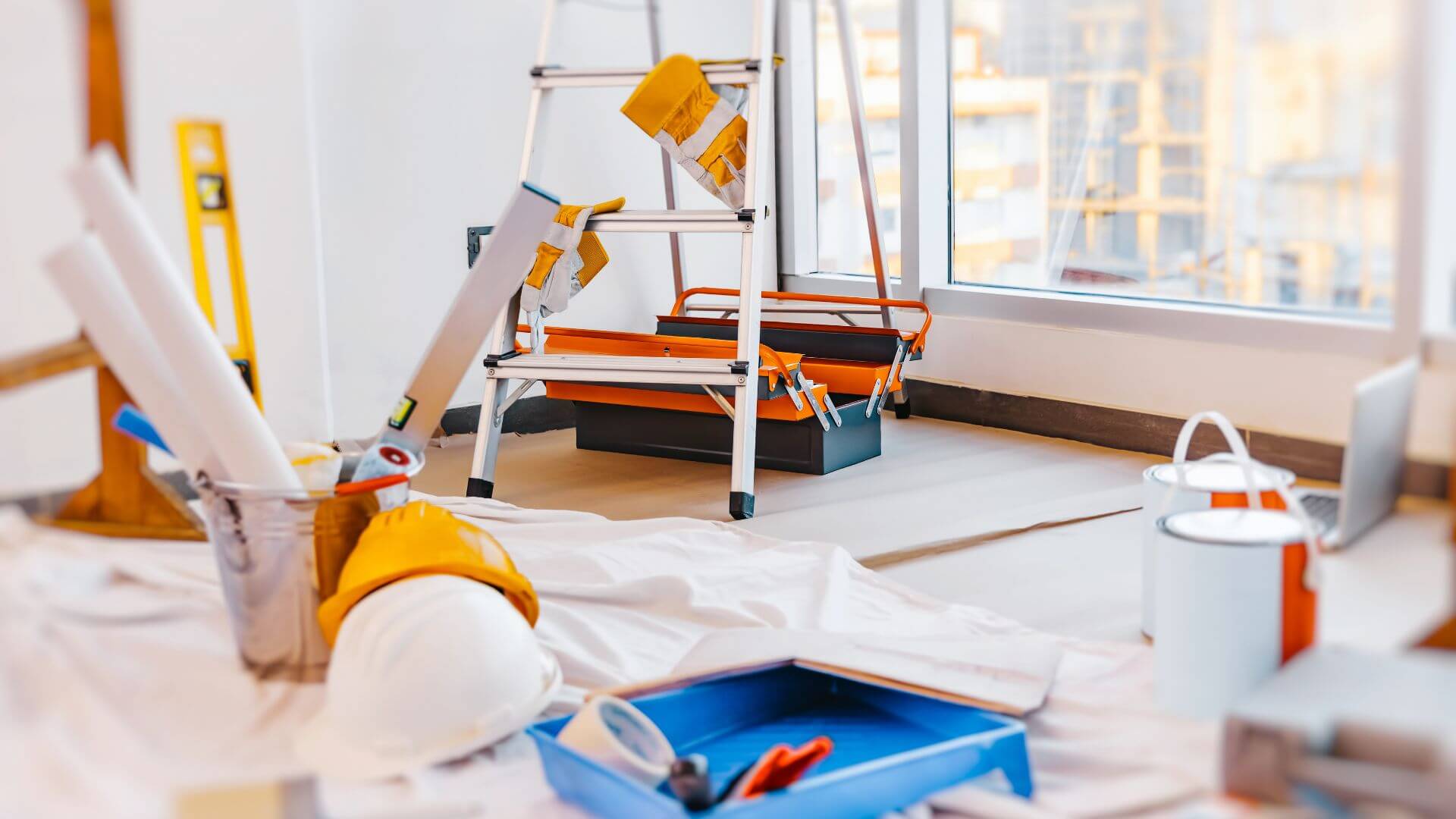Discovered a leaky roof? What to do first? These immediate actions can prevent significant damage and health hazards.
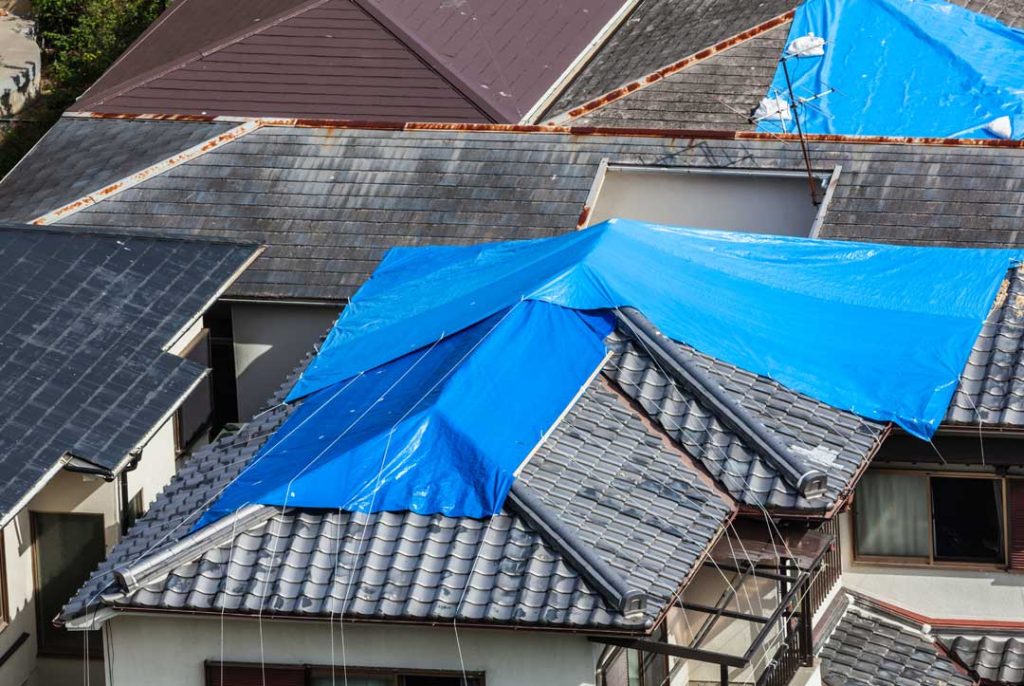
A leaky roof may seem like a minor inconvenience, but it poses significant risks to your home and health. Water intrusion can lead to structural damage, compromising the integrity of your home.
What to Do When Your Roof Leaks
Over time, this can result in costly repairs that could have been avoided with early intervention. Additionally, leaks create an environment conducive to mold growth, which can adversely affect indoor air quality and lead to health issues such as allergies and respiratory problems.
Immediate Actions to Take When You Discover a Leak
When you first notice a roof leak, it’s essential to act quickly to mitigate the damage. Begin by removing or covering personal belongings in the affected area to prevent water damage.
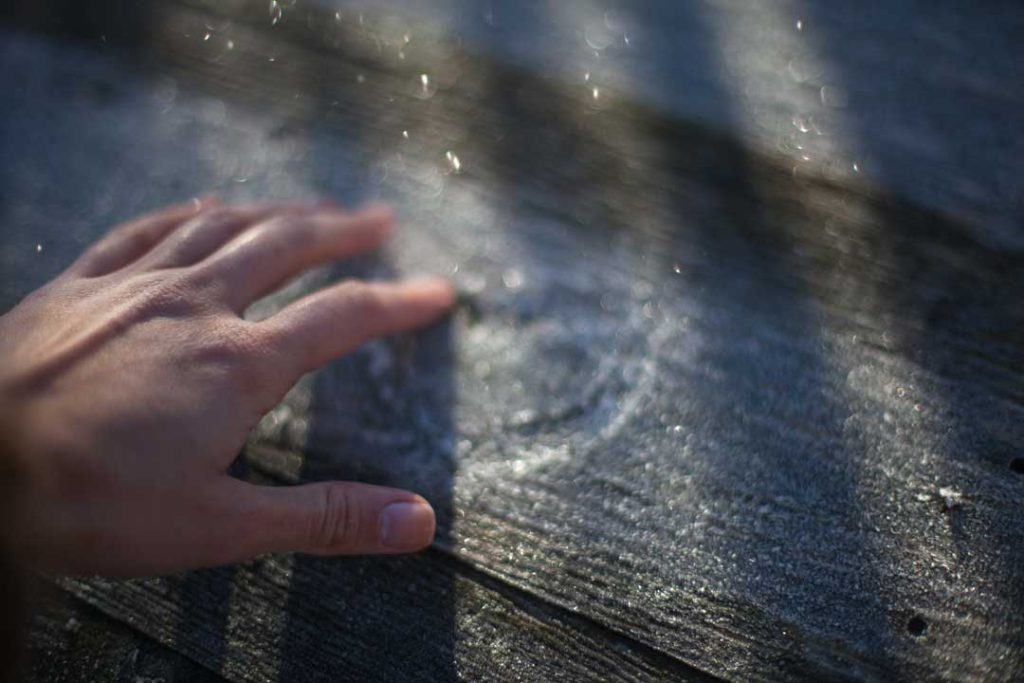
Use plastic sheets or tarps to shield furniture, electronics, and other valuables from getting wet. This simple step can save you from the frustration of damaged possessions and costly replacements.
Next, contain the water using a bucket or any suitable container placed beneath the leak. This helps prevent water from spreading and causing further damage to your floors. Additionally, it provides a temporary solution while you work on identifying the source of the leak. To ensure the issue is properly addressed, consider reaching out to licensed Vancouver roofing contractors, who can assess the damage and provide expert repairs. Be sure to regularly empty the container to avoid overflow.
Finally, document the extent of the damage by taking photographs or videos. This documentation can be valuable for insurance claims, providing evidence of the issue and the steps you took to address it. Keep these records organized and readily accessible for when you need to communicate with your insurance provider or professional roofing services.
Identifying the Source of a Roof Leak
Finding the exact source of a roof leak can be challenging, but it’s a crucial step in resolving the issue. Begin by inspecting the interior of your home for signs of water damage, such as stains on the ceiling or walls. Follow these clues to trace the water back to its entry point on the roof. Keep in mind that water can travel along beams and rafters, masking its origin.
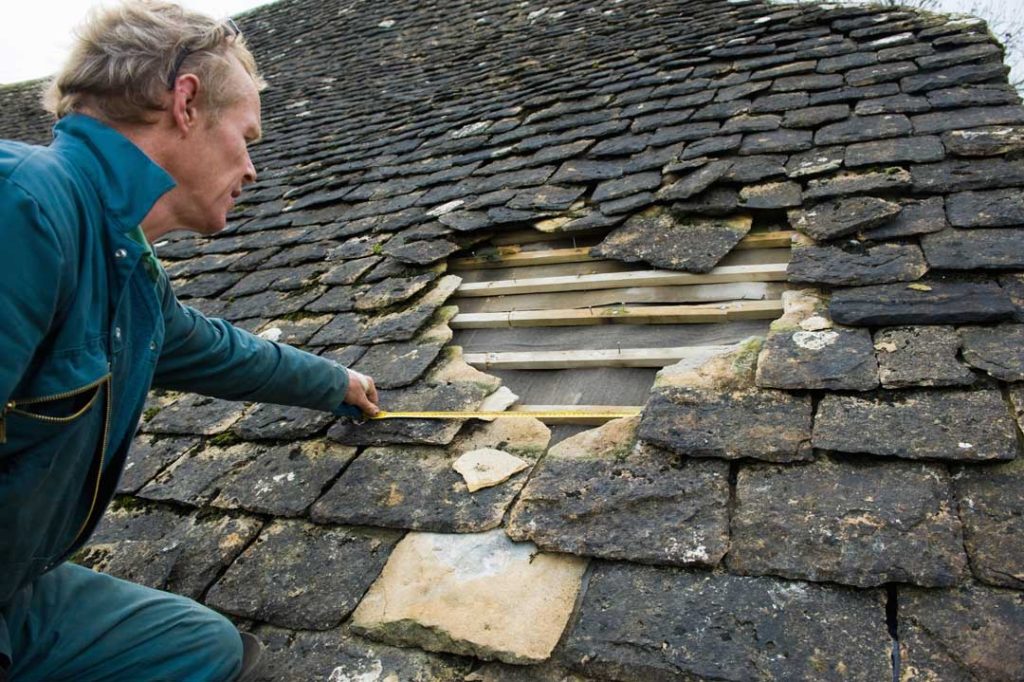
Once you’ve identified potential entry points inside, it’s time to inspect the roof itself. Look for damaged or missing shingles, gaps around flashing, or clogged gutters. Pay close attention to areas where the roof meets walls, chimneys, or vents, as these are common sources of leaks. Use a flashlight to examine darker areas like attics or crawl spaces for signs of moisture.
If you’re unable to pinpoint the leak, consider conducting a water test. Enlist the help of a friend or family member to spray water on the roof while you observe the interior for any signs of dripping. This process requires patience and precision, as the water may take time to seep through. Always prioritize safety when inspecting your roof, and seek professional assistance if necessary.
Temporary Fixes for a Leaky Roof
Once you’ve identified the source of the leak, implementing temporary fixes can help prevent further damage while you arrange for professional leaking roof repairs. One of the quickest solutions is to apply roofing tape or a sealant specifically designed for patching leaks. These products are readily available at most hardware stores and can provide an effective barrier against water intrusion.
If the leak is caused by missing or damaged shingles, consider using a piece of sheet metal or a shingle patch to cover the affected area. Secure the patch with roofing nails or adhesive, ensuring a snug fit to prevent water from seeping underneath. This temporary measure can protect your roof until you can replace the damaged shingles.
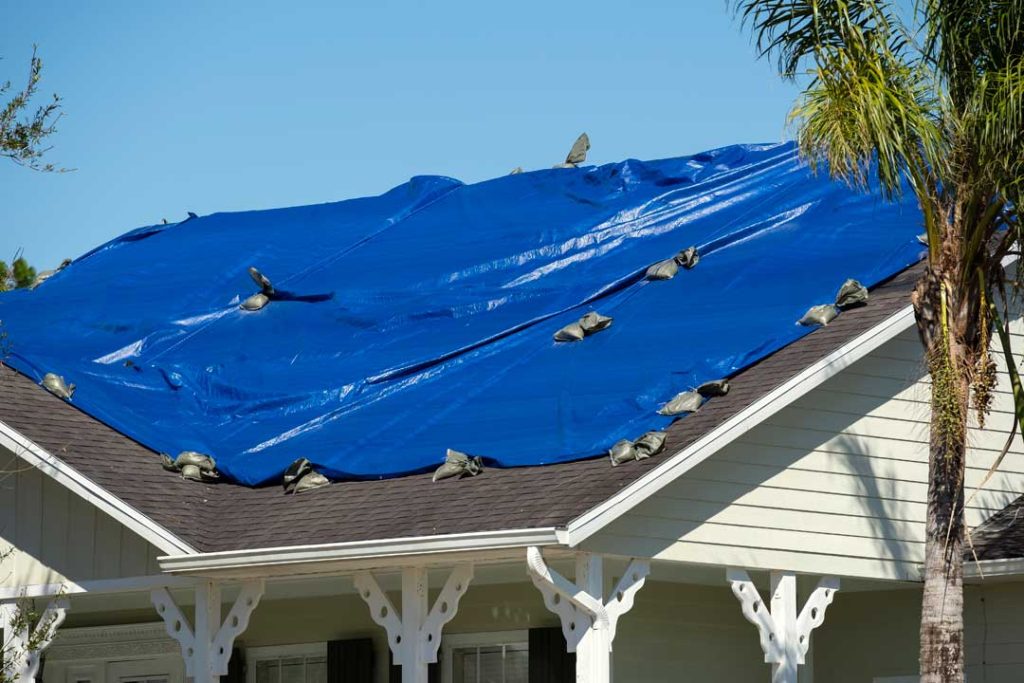
In cases where the leak is due to faulty flashing or gaps around vents, use a waterproof caulk or flashing tape to seal the gaps. Apply the product generously, ensuring complete coverage of the affected area. While these solutions are temporary, they can buy you time to consult with professional roofing services for a more permanent fix.
When to Call Professional Roofing Services
While temporary fixes can provide immediate relief, it’s crucial to recognize when it’s time to enlist the help of professional roofing services. If you notice multiple leaks, widespread damage, or are unable to locate the source of the problem, it’s best to consult with experts. Professional roofers have the experience and tools necessary to accurately diagnose and repair complex issues, ensuring the longevity of your roof.
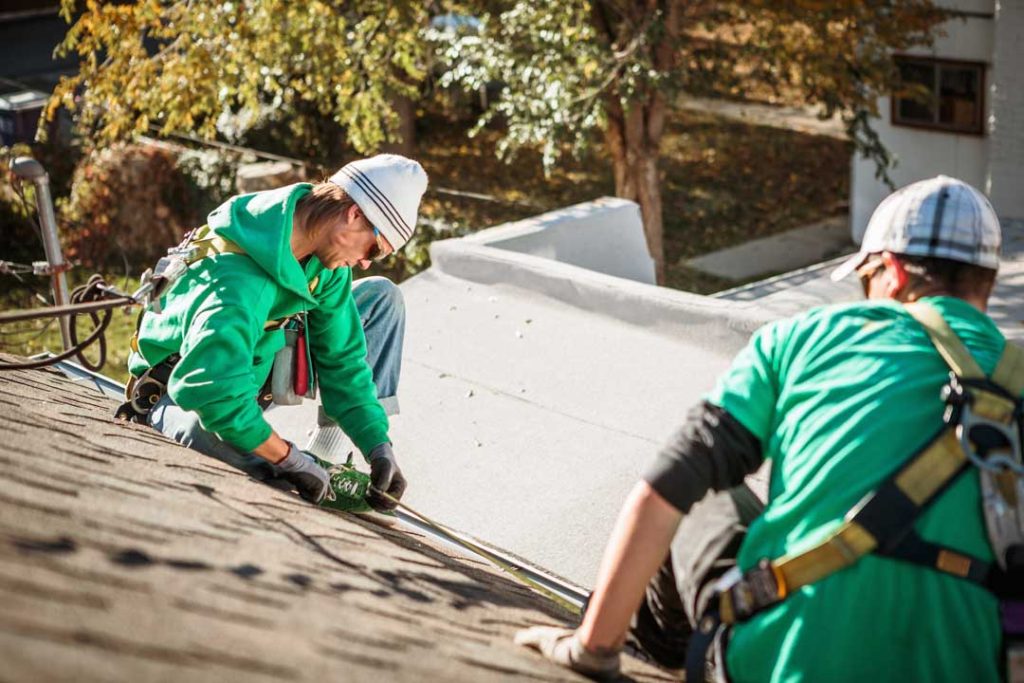
When selecting a roofing service, consider factors such as experience, reputation, and customer reviews. Request quotes from multiple companies to compare pricing and services offered. A reputable roofing service will conduct a thorough inspection, provide a detailed assessment, and offer a comprehensive repair plan tailored to your needs.
Investing in professional roofing services not only resolves current issues but also helps prevent future problems. Experts can identify potential vulnerabilities in your roof and recommend maintenance practices to extend its lifespan. By addressing leaks promptly and professionally, you can protect your home from further damage and ensure peace of mind.
Long-term Solutions for Roof Leak Prevention
Preventing future leaks requires a combination of regular maintenance and proactive measures. Start by scheduling routine roof inspections to identify and address potential issues before they escalate. Inspections should be conducted at least twice a year, ideally in the spring and fall, to catch any damage caused by seasonal weather changes.
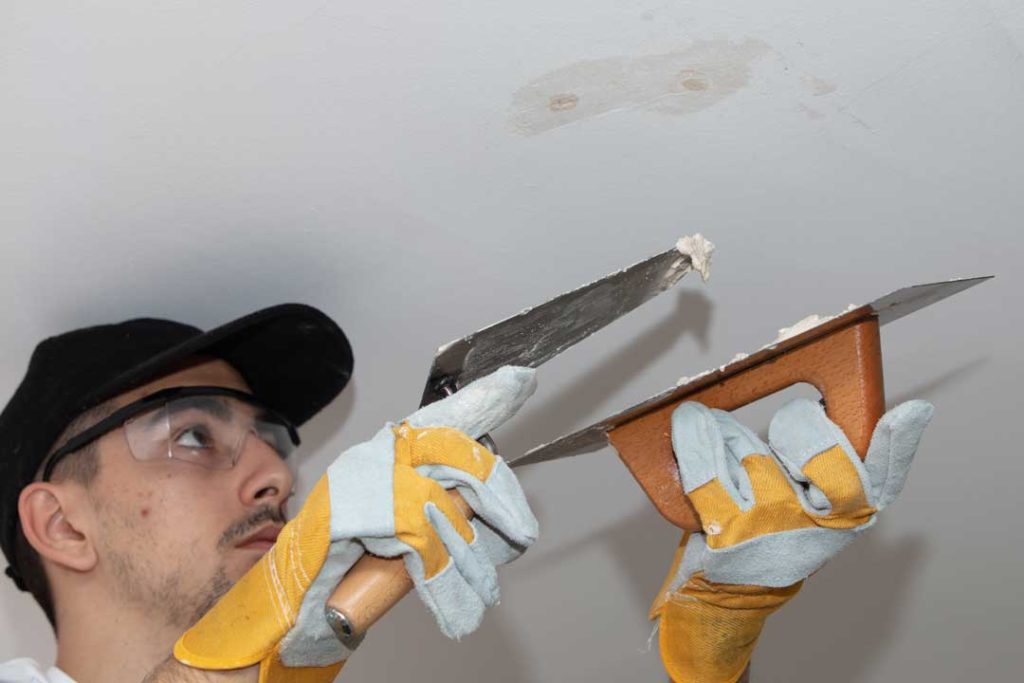
In addition to inspections, proper attic ventilation is essential for maintaining a healthy roof. Adequate ventilation prevents moisture buildup, reducing the risk of mold growth and structural damage. Ensure that your attic has sufficient vents and that they are free from obstructions.
Gutter maintenance is another critical aspect of leak prevention. Clean your gutters regularly to prevent clogs that can lead to water overflow and roof damage. Consider installing gutter guards to minimize debris accumulation and facilitate easier maintenance. By implementing these long-term solutions, you can protect your roof and home from future leaks.
Common Causes of Roof Leaks
Understanding the common causes of roof leaks can help you take preventative measures and address issues promptly. Weather-related damage, such as heavy rain, snow, or hail, is a frequent cause of leaks. These elements can loosen or damage shingles, allowing water to penetrate your roof. Additionally, strong winds can lift shingles, creating gaps for water to enter.
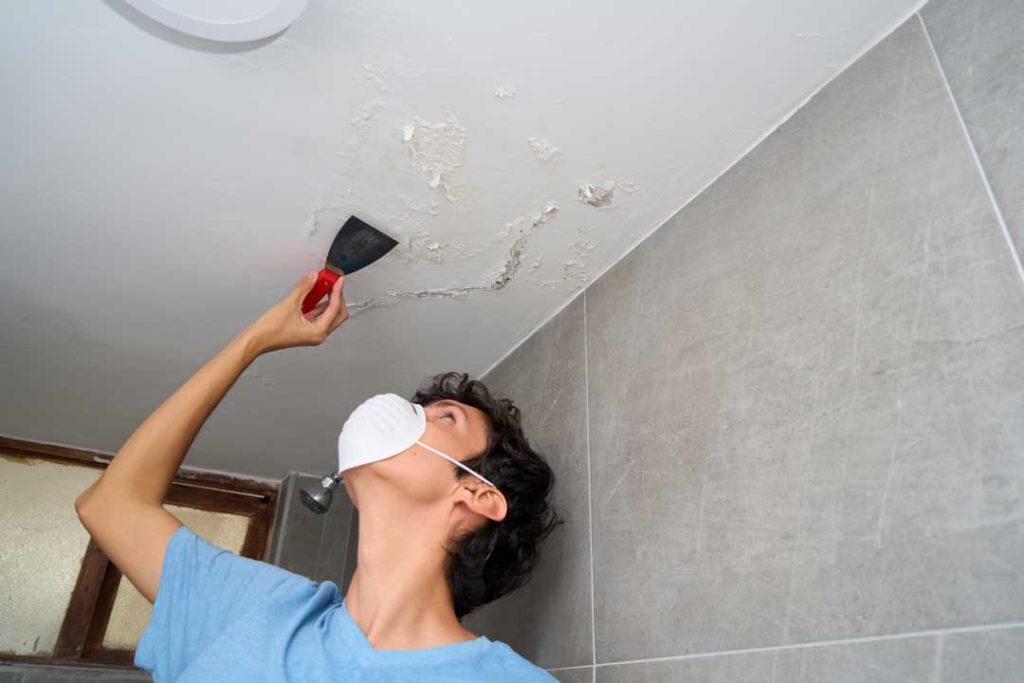
Another common cause is improper installation or defective materials. Poor workmanship or low-quality materials can compromise your roof’s integrity, making it susceptible to leaks. Ensure that any repairs or replacements are conducted by qualified professionals using high-quality materials to avoid these issues.
Aging roofs are also prone to leaks as materials deteriorate over time. Regular inspections can help identify signs of wear and tear, allowing you to address issues before they develop into leaks. By understanding these common causes, you can take proactive steps to protect your roof and home.
The Importance of Regular Roof Inspections
Regular roof inspections are a vital component of home maintenance, helping to identify potential issues before they become costly problems. Inspections provide an opportunity to assess the condition of your roof, detect early signs of damage, and implement necessary repairs.
By addressing issues promptly, you can extend the lifespan of your roof and protect your home from leaks and other forms of damage.
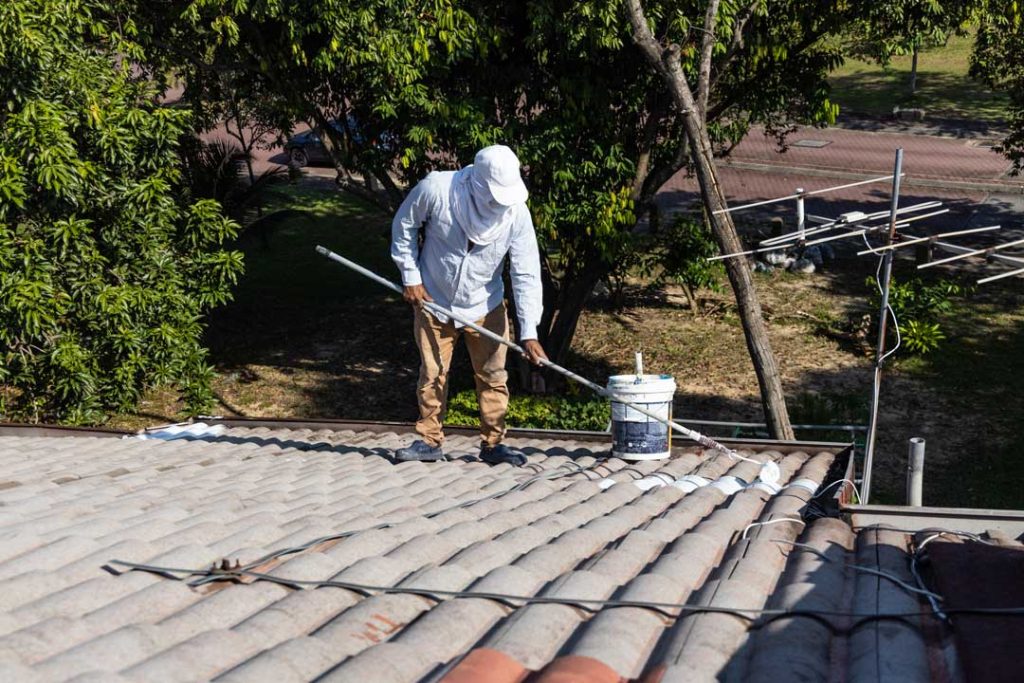
A recent study on flat roofs highlighted the importance of using advanced detection methods, such as deep learning-based systems, to analyze roof surfaces for subtle signs of leaks. These systems can identify areas prone to leaks, even in flat roofs, where water accumulation is more common.
During an inspection, look for signs of wear such as cracked or missing shingles, damaged flashing, and clogged gutters. Pay attention to areas where water tends to pool, as these are more susceptible to leaks. If you’re uncomfortable conducting inspections yourself, consider hiring professional roofing services to perform a thorough assessment.
In addition to biannual inspections, it’s important to assess your roof after severe weather events. High winds, heavy rainfall, and hail can cause significant damage that may not be immediately visible. By incorporating regular inspections into your maintenance routine, you can ensure the integrity of your roof and prevent leaks from compromising your home’s safety.
Stop the Leak: Immediate Steps for a Leaky Roof
In conclusion, taking immediate and proactive steps to address a leaky roof is crucial in protecting your home from extensive damage. From understanding the risks and identifying the source of the leak to implementing temporary fixes and seeking professional help, each step plays a vital role in maintaining your roof’s integrity. Regular maintenance, including inspections and gutter cleaning, is key to preventing future leaks and safeguarding your investment.

Jessi is the creative mind behind The Coffee Mom, a popular blog that combines parenting advice, travel tips, and a love for all things Disney. As a trusted Disney influencer and passionate storyteller, Jessi’s authentic insights and relatable content resonate with readers worldwide.

